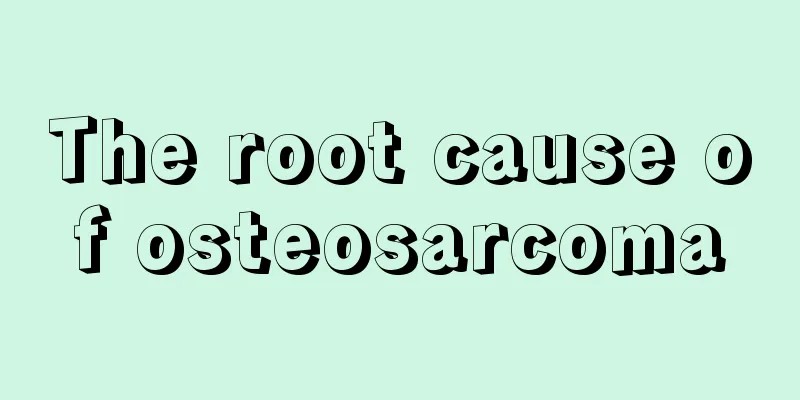What are the non-vegetarian dishes?

|
In daily diet, meat dishes and vegetarian dishes are divided into two categories. Meat dishes refer to foods with fishy smell, not only animal meat, but also spicy and irritating foods. Meat dishes are generally divided into chicken, duck, fish, and some onions, ginger, garlic, and leeks. Generally speaking, spicy and irritating foods or foods with fishy smell are called meat dishes, while vegetarian dishes are relatively light. What are the meat dishes? All food containing animal ingredients is considered meat. Such as chicken, duck, fish and meat. In ancient times, "meat" specifically referred to spicy vegetables. Such as, onions, garlic, leeks, and shallots. What modern people call meat dishes were called "fishy" by the ancients. Therefore, the "meat and fish" we talk about now is the collective name for these two categories. Buddhist Five Meals The meat in Buddhism at that time did not refer to chicken, duck, fish, etc., but rather spicy vegetables such as garlic and shallots. According to the "Lingyun Sutra", the five pungent vegetables in Buddhism are garlic, shallot, asparagus, shallot and chives; eating the five pungent vegetables raw will increase anger and make people easily angered; eating them cooked will stimulate lust and make people more lustful. In today's Theravada Buddhism, some people who practice Theravada Buddhism can still eat some meat. The Brahma Net Sutra states: "Buddhist disciples should not eat the five pungent vegetables. Garlic, scallion, onion, chive, scallion, and turnip. These five kinds of food should not be eaten. If one eats them intentionally, he will commit a minor offense." [1] When Buddhism was introduced to China, some precepts were modified through the process of localization. For example, eating sentient beings with sentient abilities was considered the same as killing. Therefore, now most sects except Tantric Buddhism do not allow the eating of sentient beings such as chicken, duck, fish and meat. Modern Northern Buddhism, that is, people who practice Mahayana Buddhism, are forbidden to eat meat. Of course, under special circumstances, monks can eat meat. For example, in the case of rejoicing in the opening of precepts. However, the conditions must be fully mature, and we should not use this excuse to kill indiscriminately. The annotation of "Compendium of Materia Medica" says: "Cicong is winter onion; Xiecong is mountain onion; Xingqu is a vegetable from the Western Regions, which is said to be the Chinese cilantro." Xingqu is also said to be onion. Taoist Five Meats According to Er Ya Yi, the five vegetarian foods of Taoism are leek, garlic, rapeseed, coriander and shallot. Brassica rapa is a type of rapeseed today. "Compendium of Materia Medica" records that "the practitioners of the body-cultivation tradition use shallots, garlic, leeks, brassica rapa and coriander as the five kinds of meat." The so-called practitioners of the body-cultivation tradition should belong to the Taoist school. |
<<: What are the effects of houttuynia cordata loquat leaf rock sugar
>>: Is iodine effective in treating athlete's foot? How to prevent athlete's foot?
Recommend
Does cactus protect against radiation? Don’t believe rumors about it
In the information technology age, whether you ar...
Radioactive iodine 131
Many people don’t know much about radioactive iod...
Can soaking your feet and sweating help detoxify?
Soaking your feet in hot water before going to be...
What should I do if I cough up blood while treating lung cancer?
After we treat lung cancer, some patients will ex...
What should I do if my new leather shoes rub my heels?
After buying a pair of shoes, we often can't ...
What to pay attention to after artificial insemination
With the improvement of living standards and the ...
The best hospital for treating gallbladder cancer
I believe everyone knows that gallbladder cancer ...
How does advanced lung cancer metastasize? What physical examinations should be done to prevent lung cancer?
Lung cancer refers to a cancer that occurs in the...
The secret to treating stitches
It is quite common to get a stitch in the side in...
What to do with muscle and soft tissue injuries? This treatment will help you recover faster
Muscle and soft tissue injuries are caused by chr...
What should I do if the flesh inside my teeth is swollen and painful?
Dental health is very important to us. Many peopl...
How often should activated carbon be replaced
I believe that activated carbon is familiar to ma...
Breast fibroid surgery
Breasts are the symbol of women. Since the breast...
How many calories are in a pomegranate
The topic of weight loss is a topic that obese pe...
Is it good for babies to sleep longer in the afternoon?
Younger babies, those under one year old, usually...









